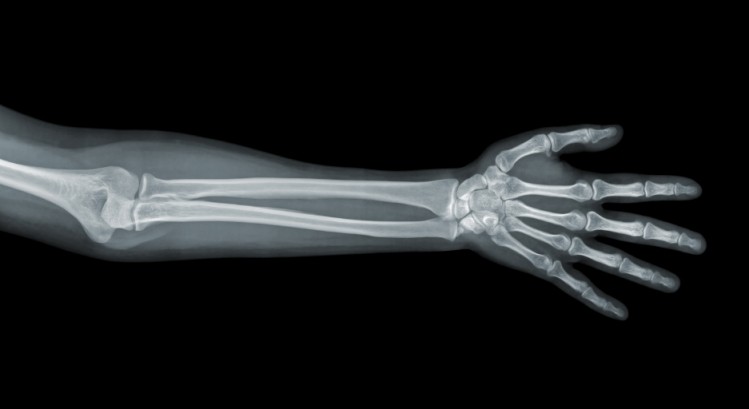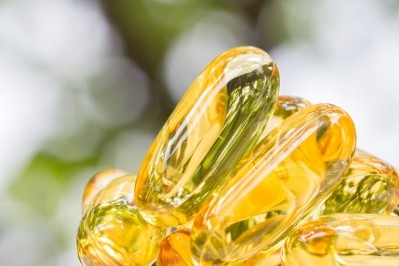CRN joins NPA in disputing claim supplements fail to lower fracture risk

The Natural Products Association (NPA) and the Council for Responsible Nutrition (CRN) said the meta-analysis had “many flaws” dismissing its conclusions as “sweeping generalisations” that could not apply to the general population.
“This study draws its conclusions with too broad of a brush, and focuses on the healthiest segment of the population, which are those living at home,” added Dr Daniel Fabricant, NRA’s president and CEO.
“We will look more closely at this study in the coming days, but the bottom line is that people should continue taking vitamin D and calcium as their doctors tell them to.”
The lead authors of the study, Drs Jia-Guo Zhao and Xian-Tie Zeng, acknowledged the limitations of the study stating that some trials included in the analysis didn't test baseline vitamin D blood concentration for all participants.
“The results for some subgroups might have been different if all individuals were tested,” they admitted.
However, based on their meta-analysis of 33 randomised clinical trials that included 51 145 participants, the team could find no significant association of calcium or vitamin D with risk of hip fracture compared with placebo or no treatment.
Study populations ‘missing’
The sample group, which consisted of community-dwelling adults older than 50 years, was called into question by Dr Fabricant, who said it was likely these people were getting -- and benefitting -- from calcium and vitamin D in their diet or other sources.
“People who live in nursing homes or assisted living facilities were not part of it, which means there is a lot missing,” he said.
“People with prior bone breaks or family incidence of osteoporosis may still need vitamin D and calcium supplementation, or other nutrition.”
The study findings, published in the journal JAMA, also found no significant association when calcium and vitamin D were combined in reducing the incidences of hip fracture compared with placebo or no treatment.
Overall, the researchers found no significant link between calcium, vitamin D, or combined calcium and vitamin D supplements and the incidence of nonvertebral, vertebral, or total fractures.
“Results reported here suggest that calcium should not be routinely recommended for fracture prevention,” the study said.
“These findings do not support the routine use of these supplements in community-dwelling older people.”
The team also chose to focus on subgroups with a calcium supplementation dose and frequency of greater than or equal to (≥) 1g or less than or equal to (<) 1 g per day (g/d).
The researchers, based at Tianjin Hospital in China, also specified a vitamin D supplementation dose and frequency of ≥800 IU/d; <800 IU/d along with dietary calcium intake of ≥900 or <900 mg/d.
Current guidelines drawn up by the European Food and Safety Association (EFSA) recommend 800 International Units (I.U.) (20 μg) of vitamin D should be consumed daily in order to reduce the risk of falling and suffering bone fractures in men and women 60 years of age and older.
In addition a daily vitamin D supplementation of between 800–1000 I.U.; 20–25 μg in combination with calcium, when compared to calcium alone, significantly reduced the risk of falling in elderly subjects.
EFSA’s scientific panel also proposed at least 1200 mg of calcium or at least 1200 mg of calcium and 800 I.U. of vitamin D was to be consumed daily in order to contribute to a reduced risk of bone fracture in women aged 50 years and older.
WHI data limitations
The CRN’s vice president of scientific & regulatory affairs, Dr Andrea Wong highlighted another limitation not acknowledged by the authors.
“The study involves the inclusion of the Women’s Health Initiative (WHI), a study which included a particularly large number of subjects, and consequently heavily weights the meta-analysis,” she said.
“Unfortunately, the WHI data has been widely acknowledged as having limitations of its own having to do with subjects not taking the supplements as directed by the protocol, as well as those who took calcium and vitamin D supplements on their own (outside the protocol) before and during the study.
Dr Wong highlighted results of a re-analysis of the WHI data that found a reduced risk of hip fractures in subjects receiving calcium and vitamin D who did not take personal calcium or vitamin D supplements at baseline.
Another meta-analysis using the WHI re-analysis also showed that calcium plus vitamin D supplementation significantly reduced risk of total fractures and hip fractures in middle-aged to older adults.
Source: JAMA
Published online ahead of print: doi:10.1001/jama.2017.19344
“Association Between Calcium or Vitamin D Supplementation and Fracture Incidence in Community-Dwelling Older Adults: A Systematic Review and Meta-analysis.”
Authors: Jia-Guo Zhao; Xian-Tie Zeng; Jia Wang et al

















